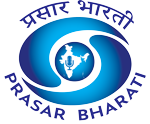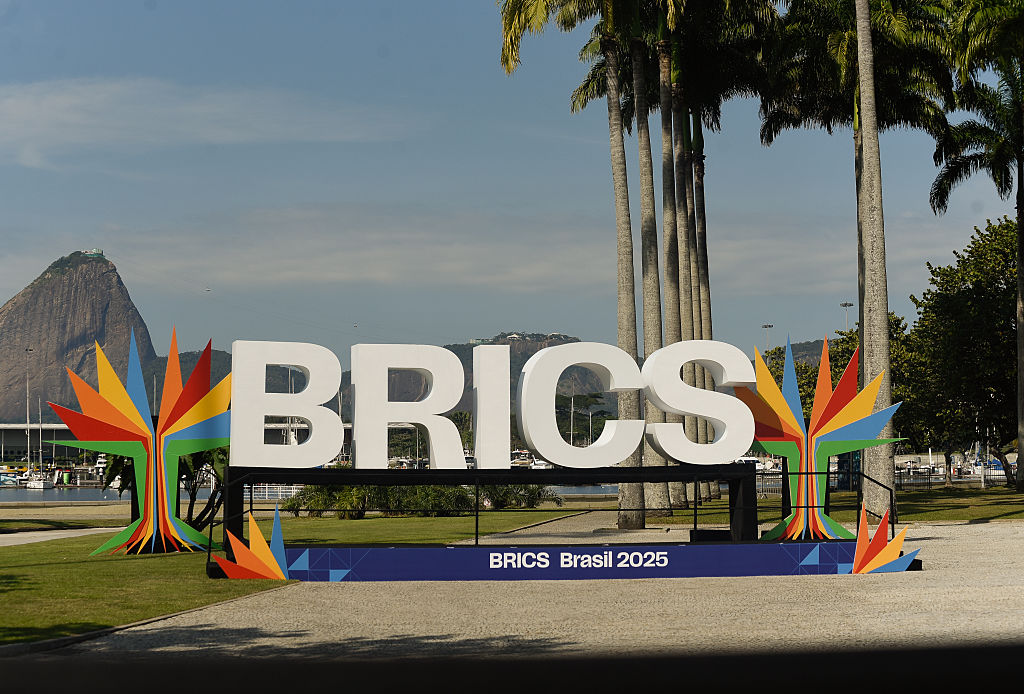The BRICS grouping, which brings together major emerging economies, has continued to expand its global footprint, adding new members and partners while outlining ambitious plans to deepen cooperation across sectors under Brazil’s ongoing chairship in 2025.
Originally coined as BRIC by Goldman Sachs in 2001 in its paper The World Needs Better Economic BRICs, the acronym referred to Brazil, Russia, India and China, which the firm projected would occupy larger shares of the global economy in the coming decades. The idea took formal shape in 2006, when the leaders of Russia, India and China met on the sidelines of the G8 Outreach Summit in St. Petersburg. That same year, the first BRIC Foreign Ministers’ meeting was held alongside the UN General Assembly in New York, setting the stage for structured dialogue.
The first BRIC Summit was hosted in Yekaterinburg, Russia, in 2009. The group became BRICS with the inclusion of South Africa in 2010. South Africa formally joined the third BRICS Summit held in Sanya in 2011.
More than a decade later, the bloc witnessed its most significant expansion yet. In January 2024, Egypt, Ethiopia, Iran and the United Arab Emirates became full members, followed by Indonesia’s entry as a full member in January 2025. Nine other countries — Belarus, Bolivia, Kazakhstan, Cuba, Malaysia, Nigeria, Thailand, Uganda and Uzbekistan — were inducted as BRICS partner countries this year, underlining the group’s growing influence in the Global South.
Together, the expanded BRICS now represents nearly half of the world’s population, contributes about 40 percent of global GDP, and accounts for roughly a quarter of global trade.
Two pillars of cooperation
BRICS functions through two broad mechanisms: consultations on issues of common interest through summits and ministerial meetings, and practical cooperation through working groups and senior officials in sectors such as trade, finance, health, education, science and technology, agriculture, environment, energy, labour, disaster management, anti-corruption and counter-narcotics efforts.
Business linkages are promoted through the BRICS Business Council and the BRICS Women Business Alliance, while other exchanges span parliamentary forums, conferences and people-to-people initiatives.
India’s 2021 chairship
India last held the chairship in 2021, coinciding with the 15th anniversary of the bloc. Operating under the theme ‘BRICS\@15: Intra-BRICS Cooperation for Continuity, Consolidation and Consensus’, India set priorities that focused on multilateral reform, counter-terrorism cooperation, digital tools for Sustainable Development Goals and wider people-to-people engagement.
Over 150 meetings were convened during India’s term, including the Leaders’ Summit held virtually on September 9, 2021, and meetings of Foreign Ministers, National Security Advisers and key sectoral ministers. Several new initiatives were launched, including the first BRICS Digital Health Summit, the first Water Ministers’ Meeting, the adoption of a Counter-Terrorism Action Plan, the launch of the BRICS Alliance for Green Tourism and the signing of an agreement on a BRICS Remote Sensing Satellite Constellation.
Brazil takes charge in 2025
Brazil assumed the BRICS chairship on January 1, 2025, under the theme ‘Strengthening Global South Cooperation for More Inclusive and Sustainable Governance’. Brazil’s agenda focuses on deepening partnerships within the Global South and enhancing social, economic and environmental development across member states.
The priorities for Brazil’s presidency include cooperation on global health, trade, investment and finance, climate change action, governance of artificial intelligence, institutional development and a push for reform of the global peace and security architecture.
Nearly 120 events are planned under Brazil’s chairship this year, signalling the group’s intent to maintain momentum on issues that resonate with emerging economies.










